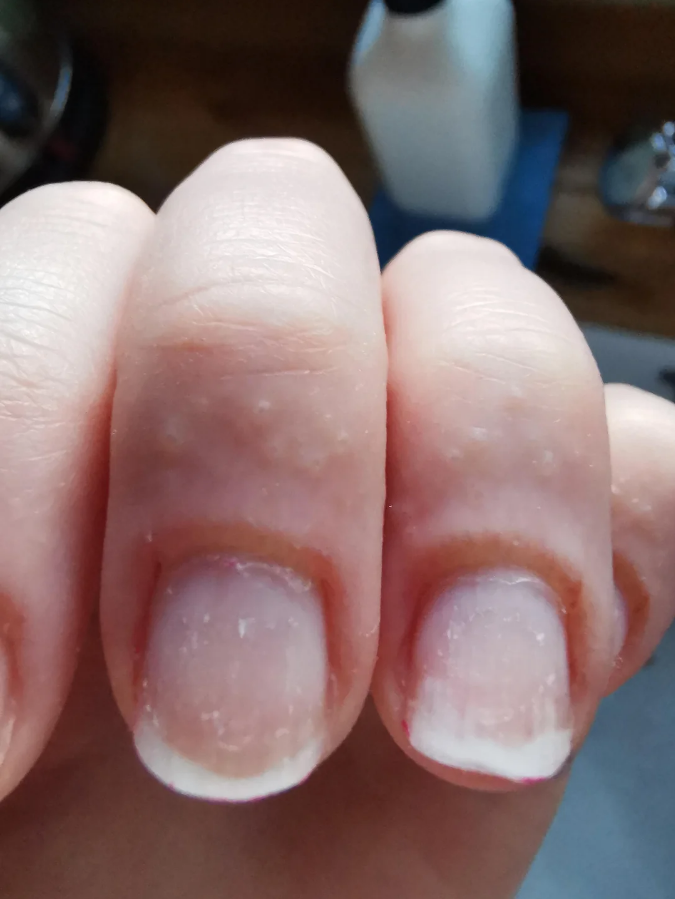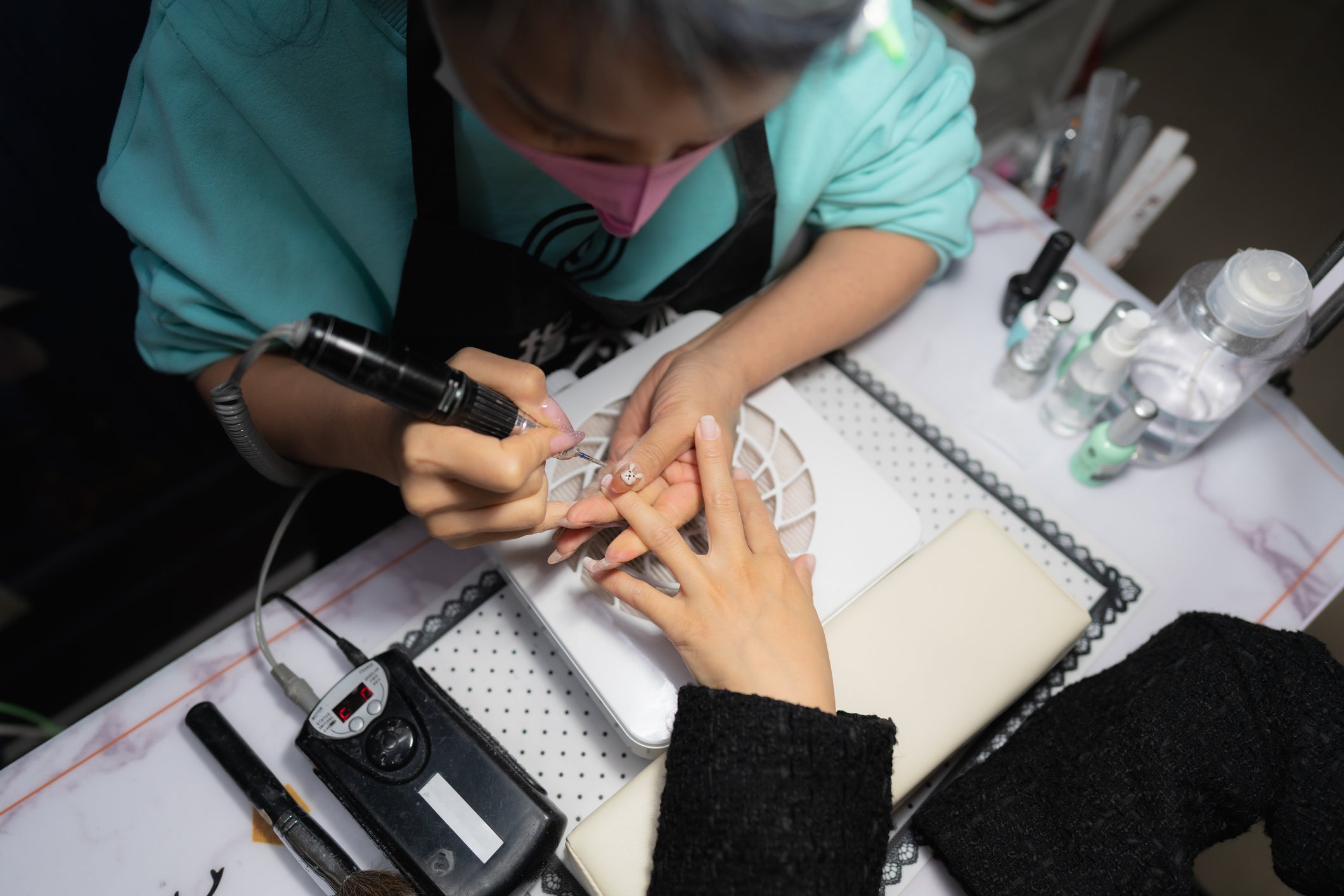Experts warn of ‘life-long’ effects of nail gel polish
The allergy could stop people from getting certain surgeries

Your support helps us to tell the story
From reproductive rights to climate change to Big Tech, The Independent is on the ground when the story is developing. Whether it's investigating the financials of Elon Musk's pro-Trump PAC or producing our latest documentary, 'The A Word', which shines a light on the American women fighting for reproductive rights, we know how important it is to parse out the facts from the messaging.
At such a critical moment in US history, we need reporters on the ground. Your donation allows us to keep sending journalists to speak to both sides of the story.
The Independent is trusted by Americans across the entire political spectrum. And unlike many other quality news outlets, we choose not to lock Americans out of our reporting and analysis with paywalls. We believe quality journalism should be available to everyone, paid for by those who can afford it.
Your support makes all the difference.Dermatologists are warning that popular nail gel polishes are causing an increase in the number of people developing “life-changing” allergies that could prevent them from having certain operations.
Experts say that chemicals in nail gel polishes, which are methacrylates, can seep into the skin and cause an allergic reaction.
Symptoms of such a reaction include nails becoming loosened from the nail bed and the skin around the nails developing a severe rash.
Appearing on BBC Radio 4’s Today programme on Friday morning (14 April), Dr Deirdre Buckley, a consultant dermatologist from Bath, said: “[Symptoms] can range from the nails loosening to falling off, it can include a severe rash on the face, the neck, the upper chest.
“People can have trouble breathing or asthma can be worsened. Even worse, they can become sensitive to acrylates in other things, which can have implications in dentistry or if they’re diabetic or for orthopaedic surgery, and it’s a life-long sensitisation,” she added.
Methacrylate is often used as a bone cement for knee and hip implants, as well as in dental prosthesis and dentures.
The British Association of Dermatologists (BAD) has today reiterated its warning regarding allergic reactions linked to artificial nails after a number of high-profile reports. It first issued a warning about these products in 2018, following reports of a steep rise in cases of allergic skin reactions linked to (meth)acrylate chemicals in these products.
The BAD now has concerns the closure of nail salons during the pandemic could be leading more people to switch to at-home kits. Dr Buckley, who is with the BAD, said: “It’s likely that lockdowns during the pandemic contributed to an increase in people using at-home artificial nail kits.” The BAD said these at-home kits can be riskier because of the lack of experience the public has with these products.

Dr Buckley went on to explain how sensitation to nail methacrylates can have potential medical and dental implications, because the same or very similar methacrylates are used in white dental fillings, enamel tooth coatings, orthopaedic bone cement, diabetic glucose sensors and insulin pumps. “This can have serious consequences for future medical care,” she said, yet many are unaware of the potential dangers.
The BAD first issued a warning about nail gel polishes in 2018 and said they were causing an “epidemic” of contact allergies.
The concerns were based on a study that found that 2.4 per cent of people tested had an allergy to at least one type of methacrylate chemical. The allergy “overwhelmingly” affected women, it said.
Gel nails which are derived from methacrylates, are applied over a person’s natural nails and must be “cured” under an ultraviolet (UV) lamp. Meanwhile, acrylic nails are a a paste applied over the natural nails and left to harden with exposure to air.

Gel polish is a premixed product and a hybrid of gel and nail varnish and must be hardened under a UV lamp.
The BAD raised concerns about all three methods and warned that the sensitisation occurs when the uncured product comes into contact with any part of the skin. It can occur in both professional and at-home settings.
Beauticians are also at risk of developing the allergy as protective gloves may not offer enough protection and the methacrylates could pass through the gloves.
Dr Buckley said people must be aware of the risks associated with artificial nail products. She advised nail technicians, who are especially at risk, to wear nitrile gloves when applying the products, changing them every thirty minutes with a no-touch technique.
She went on to urge at-home users to read the instructions, to always use the recommended UV lamp for curing, and to not use the same lamp with other polishes purchased separately. “It’s very important that you avoid direct skin contact with the nail product whilst it is curing,” she added.



Join our commenting forum
Join thought-provoking conversations, follow other Independent readers and see their replies
Comments